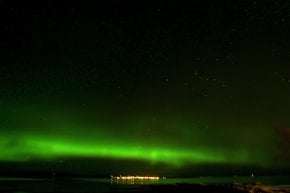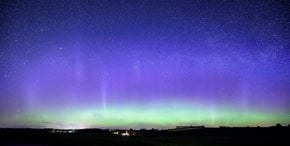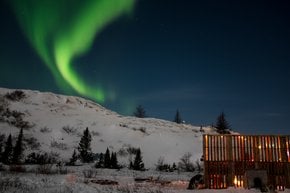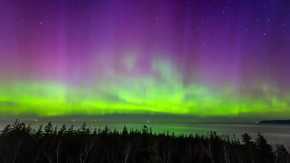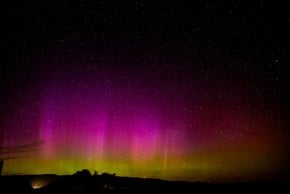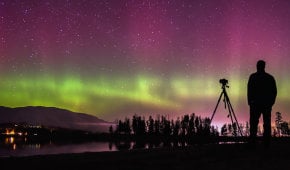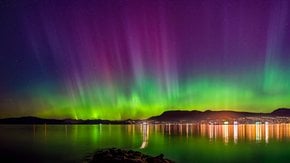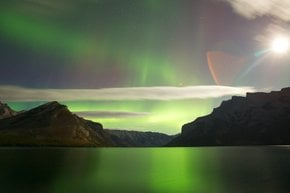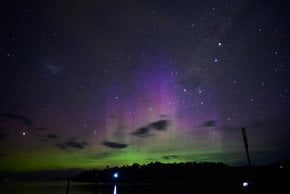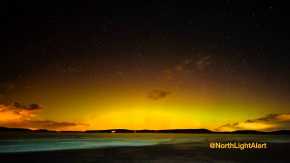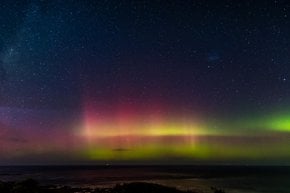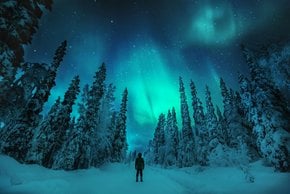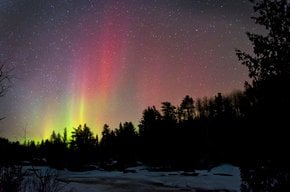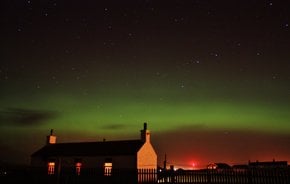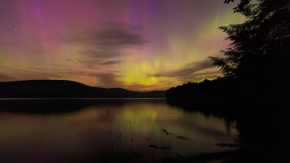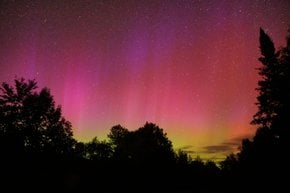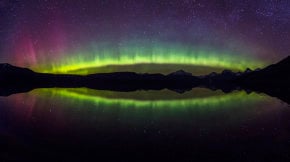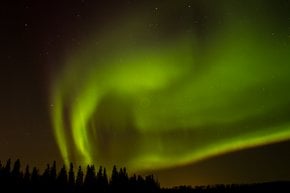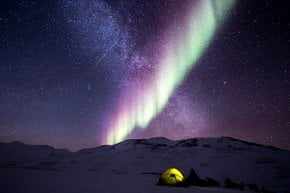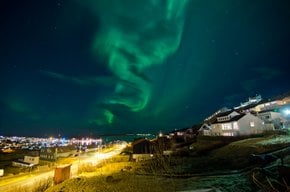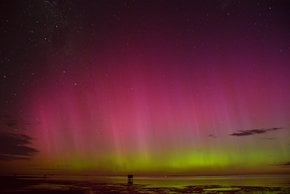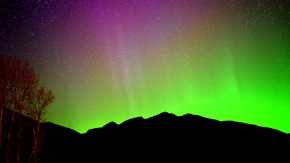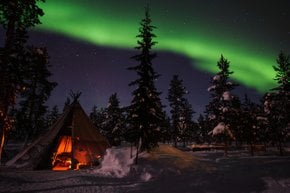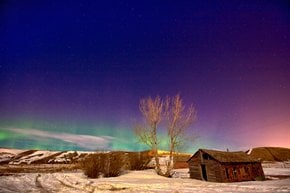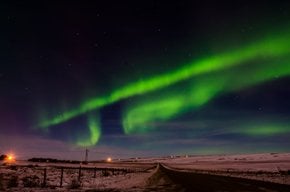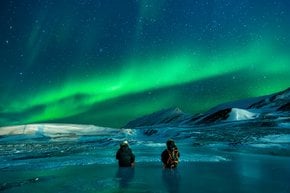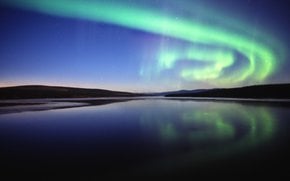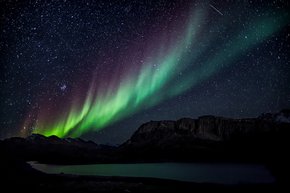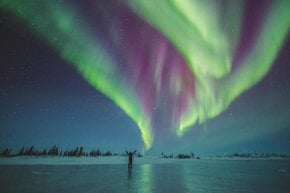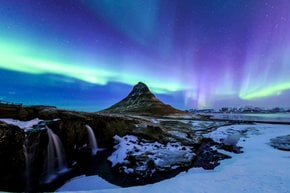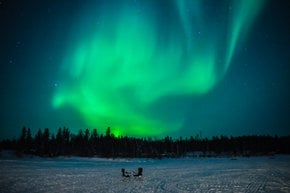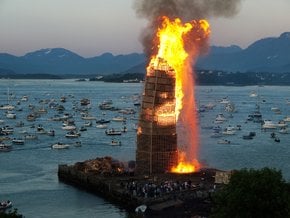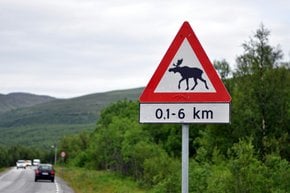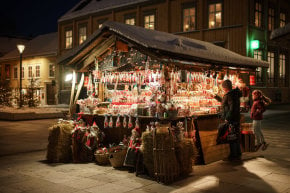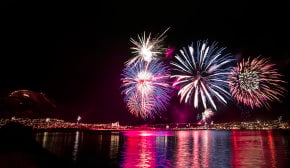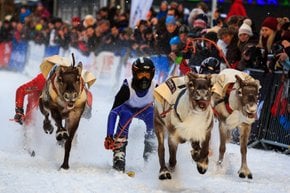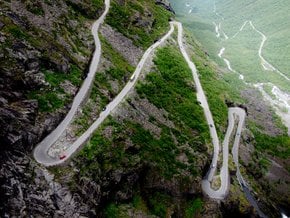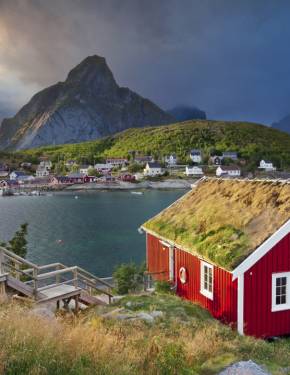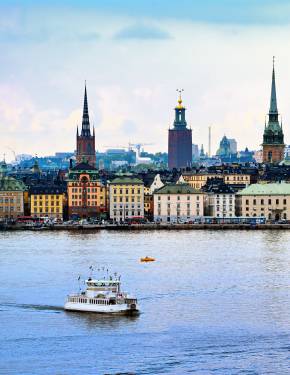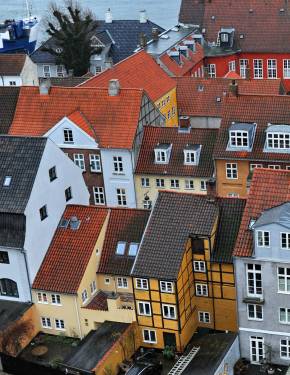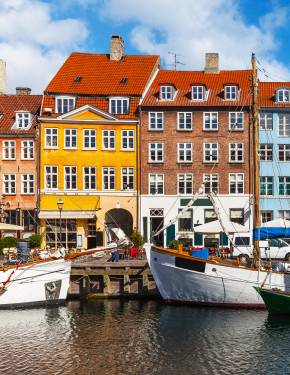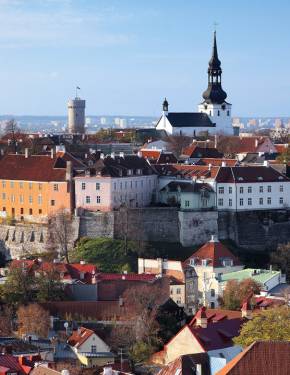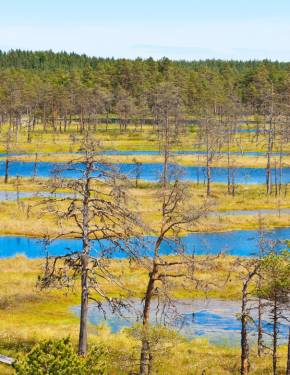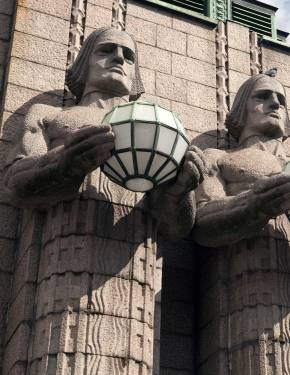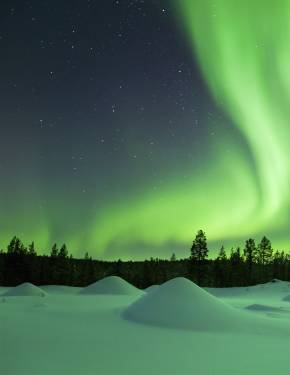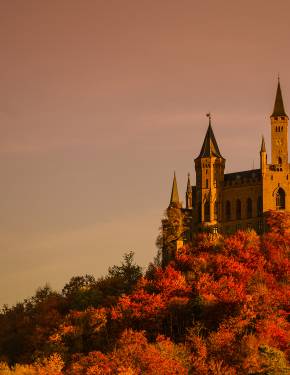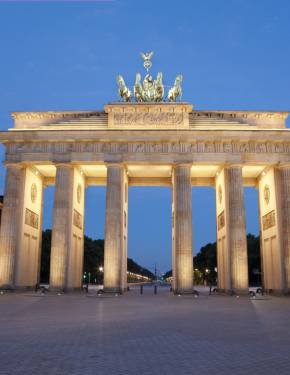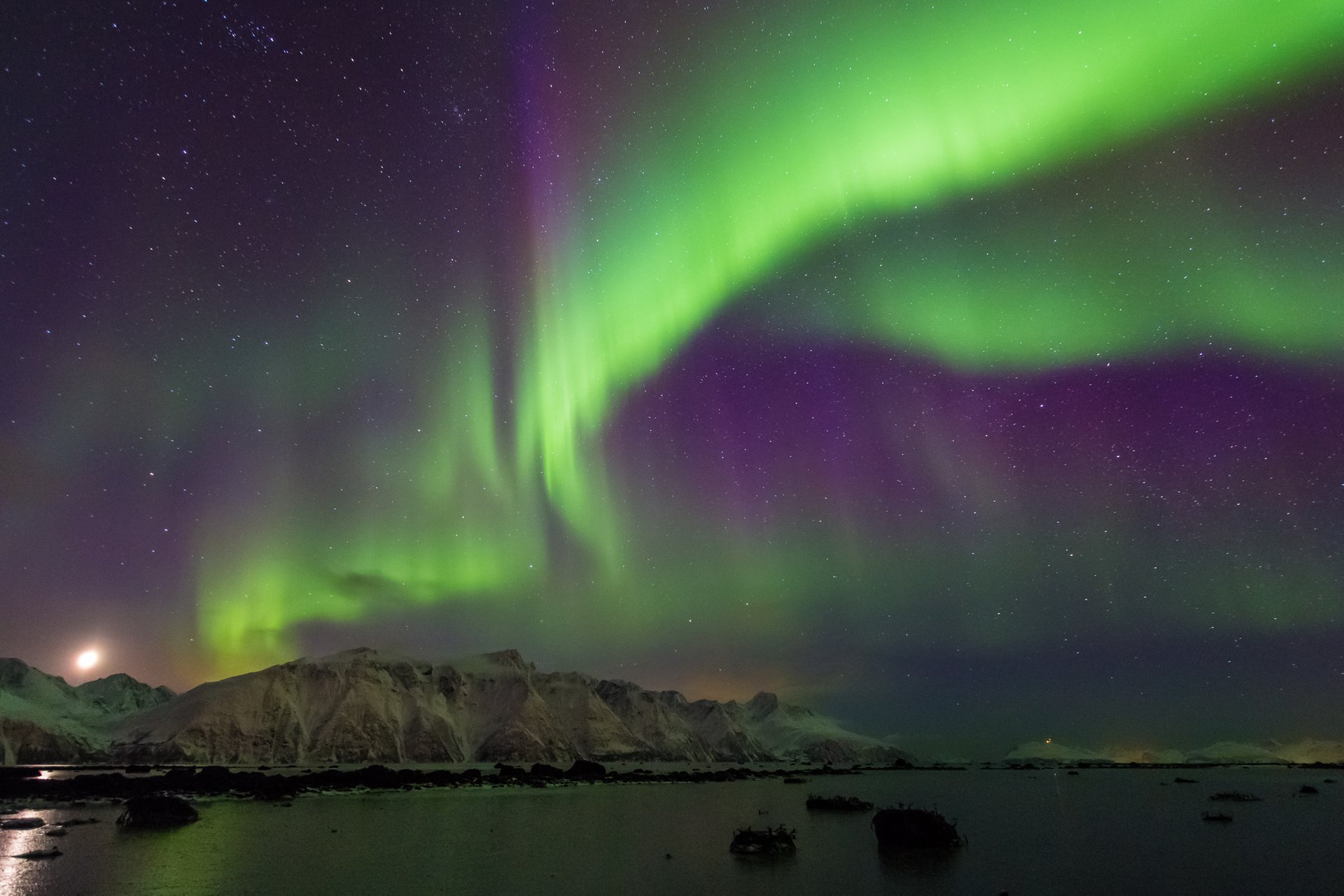




The Norwegian Arctic region is considered to be one of the world's best places to see the northern lights. This is a natural phenomenon that is usually caused by so-called solar storms when the sun is the most active, Kp index is used to measure the intensity of the solar particles. You have a good chance to see the phenomenon if it's more than 2 on a scale from 0 to 9. In the summer, sunlight blocks aurora and you can barely see it. The greatest occurrence is observed during winter polar nights along the coasts of Tromsø and Finnmark counties.
When to look for northern lights
The northern lights season begins in late September and continues through late March. However, the best time to see this magical spectacle in Norway is during the darkest period between December and January. Though winter darkness often allows one to see the lights 24 hours long, the famous aurora borealis appears mostly at night.
Tromsø
Tromsø, the center of municipality of Troms og Finnmark, is the largest urban area in Northern Norway and the third-largest in the world, located north of the Arctic Circle. There is a good chance to observe northern lights at 60° north, and Tromso is located at 70°, in the middle of the so-called auroral oval, the area with the highest probability of seeing the phenomenon. It also boasts beautiful scenery: islands, fjords, and mountain peaks.
You can go on a northern lights chase with a group of aurora enthusiasts who meet in the center of Tromsø in the evening and then drive to find the lights. Popular spots for aurora-watching include beautiful Skulsfjord, which is less than a 30 min drive north of Tromsø. Get ready to see lots of spectacular reflections in the water. Alternatively, you can head to Ersfjord, in 9 mi (15 km) west of Tromsø, or hike to Brosmetinden peak to capture the lights against beautiful mountains.
If you are ready to travel a bit further go to North Cape, located on the northern coast of the island of Magerøya. It features a large mountain plateau and spectacular cliffs. You will see northern lights reflected in the Barents Sea and will get to ride in the subsea tunnel connecting Magerøya to the rest of the country.
Lofoten Islands
October, February, and March are considered to be the best month to observe northern lights on Lofoten Islands due to clear skies, dark nights, and suitable weather. The island of Flakstadøya is one of the best locations due to its striking landscapes. Visit Myrland and Skagsanden beaches or other spots along its western coast. Alternatively, there are many suitable spots at nearby Vestvågøya island with its beautiful Uttakleiv, Unstad and Haukland beaches.
Svalbard
Svalbard, situated far north in the Arctic Ocean, is one of the best places on earth to chase northern lights. Darkness, clear skies, cold crisp air, and intense solar activity - the favorable conditions to see the beautiful phenomenon - are present on the archipelago. These factors are especially intense in Spitzbergen, where aurora appears from mid-September until late March. From November to February there is no daylight in the capital of Svalbard, Longyearbyen. So you can enjoy aurora all day long, combined with picturesque fjords and glaciers, and maybe even polar bears.
Oslo
It's also possible to see northern lights in the vicinity of Oslo. However, the chances are rather small since the capital lies too far south to be a good aurora borealis viewing spot. Oslo residents get lucky to see the amazing sight just a few times per year, and usually, it's announced in the news, so that as many people as possible can witness the phenomenon. If you are lucky to be in Oslo at the right moment, head to Sognsvann lake to make the most beautiful pictures.
If you are in Oslo and really want to see northern lights, the best option is to hop on a plane to Tromsø or Arctic Circle locations. Try to get at least to Bodø for the proper aurora borealis experience. For higher chances, check the weather forecast to make sure the skies are not clouded.
Practical info
What is the ideal time to visit Norway to see the northern lights?
For those looking to see the northern lights in Norway, the ideal time to visit is from late September to late March, which is during the winter months. During this period, from December to January, the nights are the darkest and the longest, making it the peak season for viewing the northern lights. However, for the best viewing experience, it is essential to check the weather and solar activity forecast. This information is key to ensure that you plan your trip when the skies are clear and when the solar activity is favorable for viewing the aurora borealis. Show more
What are some other locations to view the northern lights in Norway, other than Tromso and North Cape?
Tromso and North Cape are two popular locations for viewing the northern lights in Norway. However, there are other areas like Lofoten Islands that offer breathtaking views of the aurora borealis. The western coastline of Flakstadøya is an ideal spot to view the northern lights. Also, Spitzbergen, which is a part of the Svalbard archipelago, is another location that provides excellent views of the aurora borealis from mid-September until late March. For early birds, mornings and early afternoons are the best times to view the northern lights from Svalbard. Show more
What tips can increase the chances of seeing northern lights in Norway?
The probability of sighting the northern lights is higher when you stay in a place with crystal clear skies away from cities because this reduces light pollution. Additionally, seeking out the services of a reputable guide or going on an organized tour could be beneficial as guides can direct you to the best spots to maximize your chances of seeing the aurora borealis. Lastly, continuously monitoring the local weather and the space weather forecast on an aurora forecast website or app will prepare you for the right time and conditions for aurora sightings. Show more
Can northern lights be seen in Oslo?
Oslo is relatively far south and is not one of the ideal locations to view the northern lights. Although it is possible to see the aurora borealis in Oslo, this happens only very rarely, and the chances of seeing the northern lights are relatively small. For a better viewing experience, travelers should make their way to Tromso, Bodø, or any other Arctic Circle location, where the probability of sighting the northern lights is significantly higher depending on prevailing weather and space weather conditions. Show more
